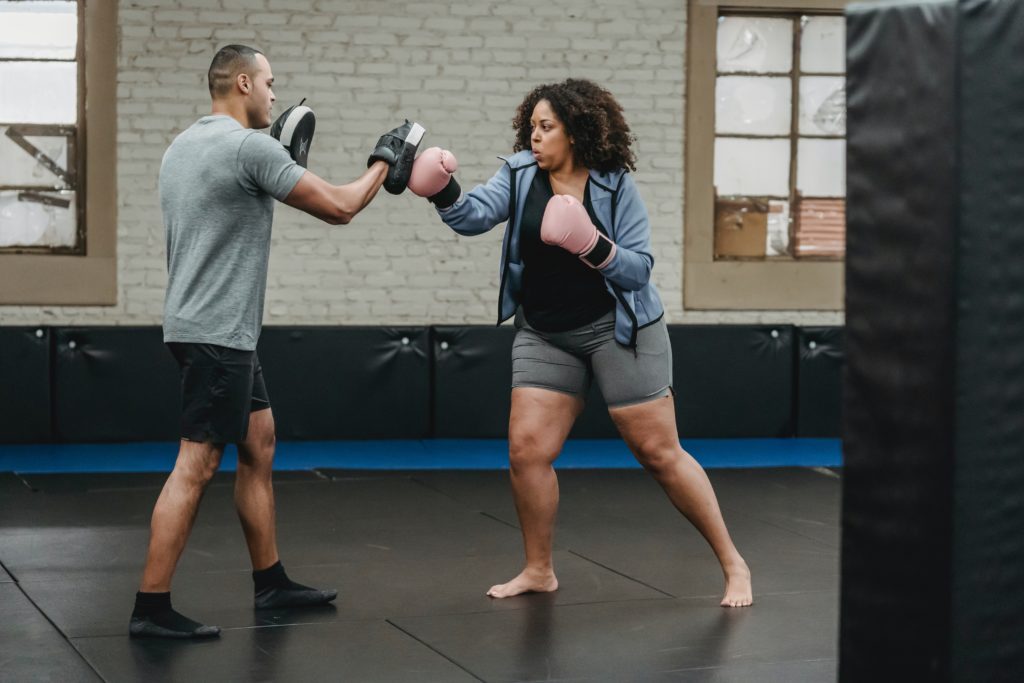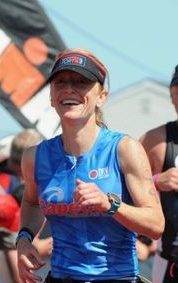Race Season is Over- Now What?

Congratulations! After months of hard work, dedication, and careful planning, you have completed your “A-Race,” or maybe you have even completed a string of races.
But now what? Your race season is over, now what? Here is your off-season guide to recovery, training, and planning for next year.
1-2 Weeks After Your Big Race:
Eat, Sleep, Repeat
Depending on the length of the race, recovery can take anywhere from 3-5 days for a Sprint distance tri or half marathon to 3 weeks for an Ironman or ultra distance race. In the first week or two after your race, it’s important to fuel and hydrate adequately to help your body recover. Of course you want to eat healthy (protein, fruit, complex carbohydrates, and veggies), but you can also relax your diet for a short time and eat some of the foods you might have cut out in training. Also, make sure you are hydrating to replenish what you lost in the race and to help fight off infection. Finally, get some sleep. Nap if you can. Training and racing break down muscle and tissue and sleep helps repair your body through the release of growth hormone and also helps boost immunity. Plus, you might not have slept well in the nights leading up to the race and often you might have had trouble sleeping the night of the race because they are so amped up. So if you find yourself more hungry and tired than normal, don’t fight it. Eat, sleep, repeat!
Movement is Good
After a race, your body definitely needs rest. Many athletes will take the first day or two after a race completely off, but some will head out for an easy swim or a super easy bike in the days following a race. This light movement can help keep your muscles loose and help with blood flow. For the next week or two, your workouts should be shorter in duration and should not go above Zone 2. If your race was an Olympic triathlon, marathon, or longer, you should not run for at least a week, and again, start out easy.
Ride the Emotional Wave
After your finish line feelings of exhilaration start to wear off, you might start to feel the post-race blues. Athletes spend so much time and energy getting ready for our big day, that when the race is over, we can feel a bit adrift without a goal. Recognize that this is normal and it will pass, but you can do a few things to get through it.
Which leads us to the next phase.
1-2 Months Following Your Big Race:
Time to play
The off-season is the perfect time to explore other activities. In fact, you should branch out from the regular swim, bike, and run program. Trail run, mountain bike, hike, ski. Take a break from the aero bars and the black line at the bottom of the pool. No structure, no heart rate zones, no power meter goals. This is just as important physically as it is mentally. Your body and brain cannot sustain 12 months of focused, structured work. Use this time to reset and regroup.
Strength Train
It’s often challenging to find time to strength train during the race season. You don’t want to be sore for your sessions; and there are only so many hours in a week that you can train. However, the off-season is the perfect time to hit the weights. It’s important to start slow. Choose lighter weights and more reps to start, and then you can move into heavier weights and more explosive movements. Aim to lift 2-3 times a week. If you are not sure where to start, you can book a session with a personal trainer, join a class at a gym, or use an app.
Build Your Race Calendar and Set Some Goals
This is the most fun part of the off-season! Are you ready to move up to a longer distance? Do you want to branch out to a new endurance sport? Want to check off a bucket list race? Sit down with a calendar and think about what you want next season to look like. Keep in mind work and family obligations (like vacations or weddings) and how much time you will have to train (i.e.- Committing to an Ironman means longer training hours than say, an Olympic triathlon). Make sure to share any big plans with people whom it will impact the most, so everyone is on board. You don’t need to add every race to your calendar, but getting your “A Race” on there will help you map out the course of the season.
Equipment and Other Changes
The off-season is also the best time to take stock of what equipment you have, what you might need, and what you might NOT need, but still want. If you have your heart set on a big ticket item, like a new bike, you should see if you a) have the budget for a big purchase and b) if the answer is yes, order the bike soon because it will take a while to get it. It’s a good idea to inspect your helmet, your wetsuit, and your bike shoes, since those items do need to be replaced more often than a bike. It’s also a good time to try out new running sneakers if you are thinking of switching models or brands, just in case your body doesn’t like them. Finally, if you are thinking of making any coaching changes (or want to get a coach), the winter months are the best time to do that so you and your coach can get to know each other and you can start to build for next race season.
Even though the end of race season can be bittersweet, there is a lot to think about and work on during the off-season and soon enough, you will be toeing the start line of another race!

Amy Woods is a triathlete, Level 1 USAT Coach and fitness instructor who lives in Cape Cod, MA, with her husband, two teenage children, a poodle, and an old gray cat. She was a classroom teacher for 22 years and recently left the classroom to focus more on her family and her passion for all things fitness.
Amy teaches indoor cycling and strength classes in-person and virtually. She recently launched her own app (Amy Woods Fitness) and an on-demand video workout library, featuring everything from cycling and strength to yoga and barre. It’s a one-stop shop for fitness and includes other local instructors.
When Amy is not in the studio, you can probably find her swimming, biking, and running. She is an Ironman All World Athlete, a Boston Marathon qualifier, and part of the I Race Like A Girl team and her local Cape Cod Triathlon team.









